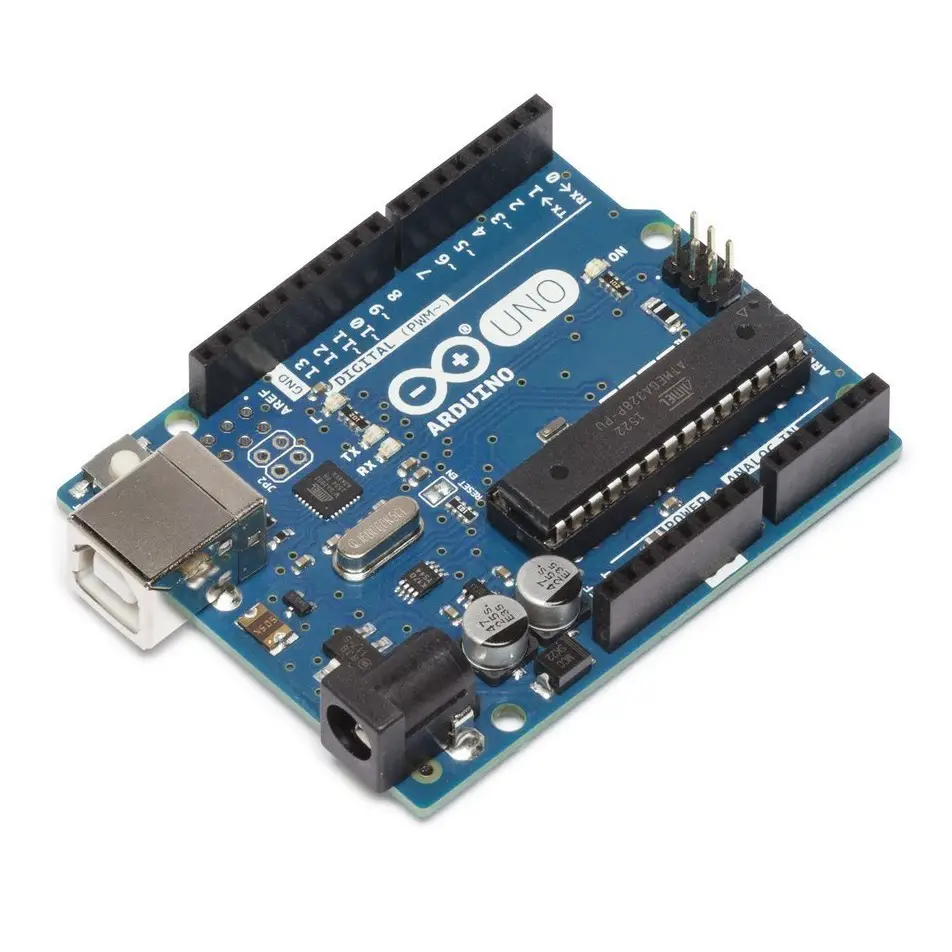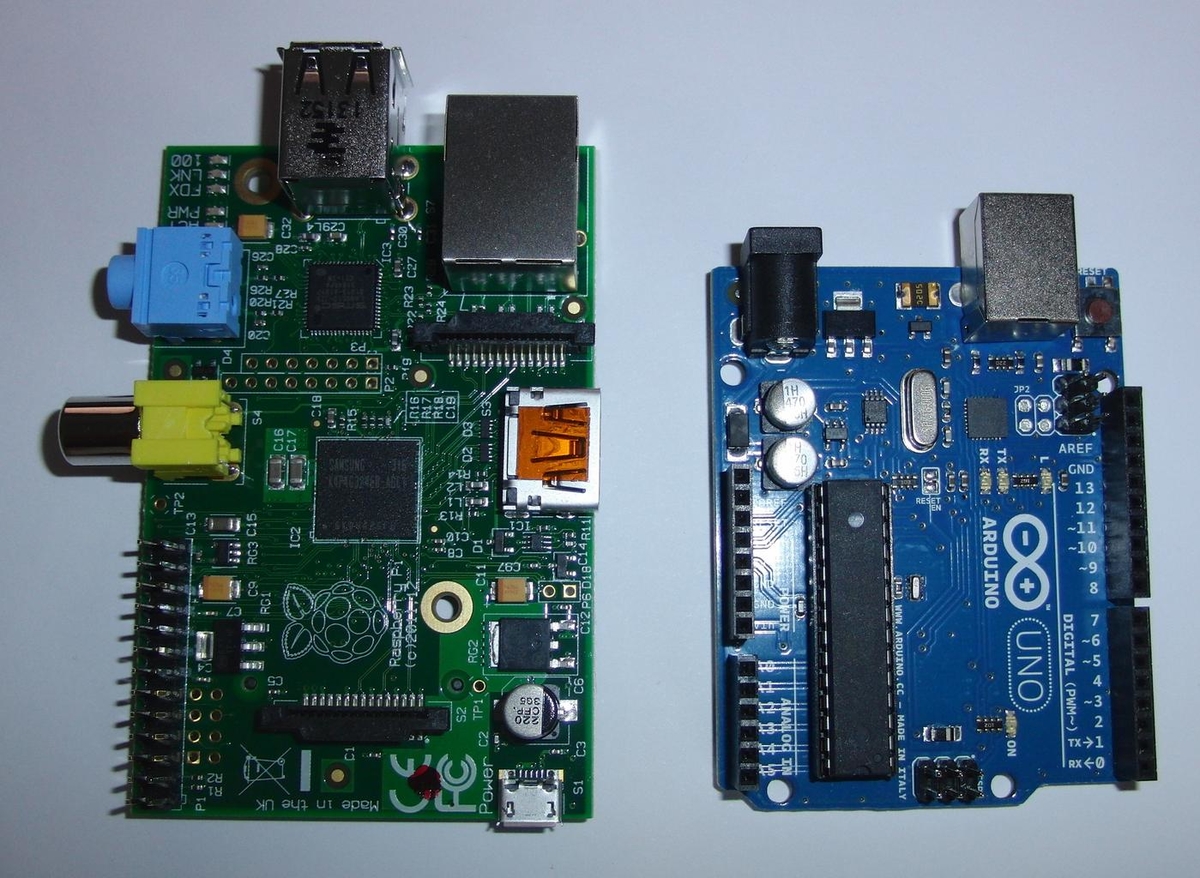

If you plan on using the onboard serial port then you may want to check out this section of this tutorial which explains how to setup the port. You can either use a USB cable or you can wire your board directly to the onboard serial port. You will also need a board compatible with Arduino connected to your Pi.
Arduino ide raspberry pi 4 install#
If you need to install Raspberry Pi OS then go ahead and check out my Raspberry Pi OS Setup Guide. You will need a Raspberry Pi with the latest version of Raspberry Pi OS installed, either the GUI or headless version will do just fine. This is very handy for flashing devices that do not have a built in USB-to-serial adapter. Secondly it means we can make use of the built-in serial port available via the GPIO header. So why might it be super-useful to be able to flash Arduino from the Raspberry Pi Terminal?įirstly this allows us to flash Arduino devices with both Raspberry Pi OS and Raspberry Pi Lite (no GUI) installations. This means that we can create and flash sketches using the Raspberry Pi terminal and this tutorial will guide you through the process step-by-step. Tft.drawPixel(tft.width()/2, tft.Did you know that the Arduino IDE can be run from the command line? These pins will also work for the 1.8" TFT shield. For the breakout board, you can use any 2 or 3 pins. #include // Hardware-specific library for ST7789

> Adafruit 1.54 240x240 Wide Angle TFT LCD Display with MicroSD : ID 3787 : $24.95 : Adafruit Industries, Unique & fun DIY electronics and kits This is a library for several Adafruit displays based on ST77* drivers. I will answer any questions about this use of the PICO YOUR BOARD WILL NOW WORK Just program it like other Arduino boards with a display screen may end up with a black screen some times, or all the time.

Note that speed allowable depends on chip and quality of wiring SPI speed defaults to SPI_DEFAULT_FREQ defined in the library Use this initializer if using a 1.54" 240x240 TFT: Adafruit_ST7789 tft = Adafruit_ST7789(TFT_CS, TFT_DC, TFT_MOSI, TFT_SCLK, TFT_RST) OR for the ST7789-based displays, we will use this call OPTION 2 lets you interface the display using ANY TWO or THREE PINS, OPTION 1 (recommended) is to use the HARDWARE SPI #define TFT_RST -1 // Or set to -1 and connect to Arduino RESET pin Go to File>Examples>Adafruit ST7735 and ST7789 Library>graphictest “Adafruit_GFX” and “Adafruit ST7735 and ST7789 Library” To get the screen working on the “pico explorer” you must install two library files Hit Upload arrow it will install Blink, system LED will start to blinkĪfter first Upload a port will be assignedįor all next programs you want to Upload you will have to select a port from Tools>Portįrom now on the PICO can be treated as an Arduino board with an assigned port Next go to FILE>Examples>01.Basics>Blink which will load blink script Next plug PICO into USB while holding BOOT Button down, release after 2 seconds Select board >Raspberry Pi RP2040 boards>Raspberry Pi Pico Search for Raspberry Pi PICO, install ”Raspberry Pi PICO/RP2040” by Earle F. In the Arduino IDE go to Tools >board>board manager YES YOU CAN Processing: Program the Pico Explorer with Arduino IDE.docx… I’ve tried 0,1 and 8,9 but Arduino IDE expects them to be predefined to specified pins. I’m not sure where to plug in SDA and SCL. It compiled and uploaded the example but screen did not light up. Tried to get SSD1306 working with Adafruit libraries. Int pwmValue = int(sensorValue / 16) // Range 0 - 255 Correct ADC zero value offset - Top less important Int sensorValue = analogRead(26) // Range is 0 - 4095

*Īnalog read a pot and control LED brightness with pot value It compiles quite quickly and automatically uploads to the Pico. Philhower, III) ()Įasy to setup and run Blink.


 0 kommentar(er)
0 kommentar(er)
